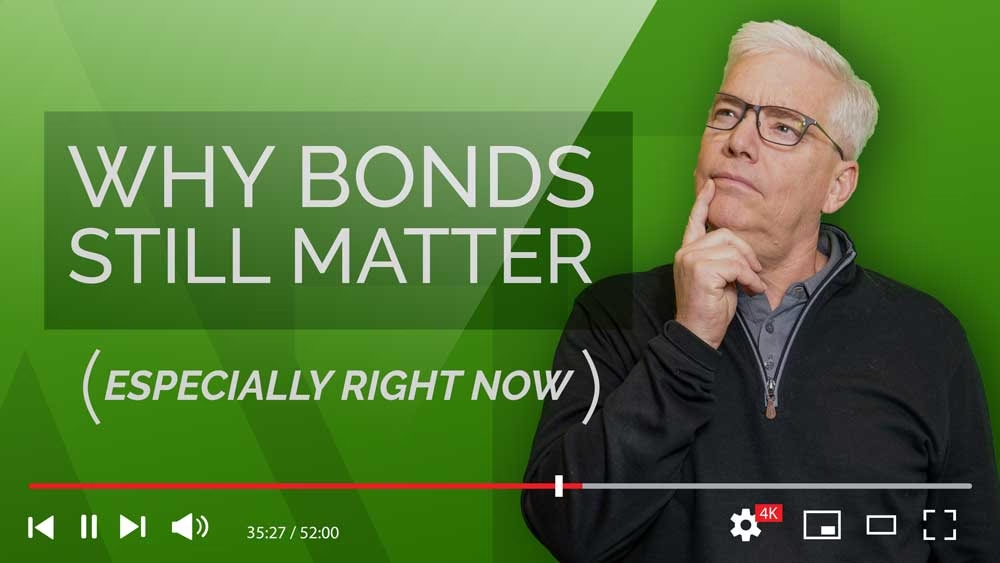In this video, Chip Addis breaks down the often-overlooked topic of investing in bonds—and why they matter more than most people think. While bonds may not be flashy, they’re a crucial part of a well-diversified portfolio, especially for those nearing or in retirement.
Chip covers:
-
Why bond allocations typically range from 30% to 50%
-
The difference between individual bonds and bond funds
-
The major advantage of individual bonds: maturity and predictable returns
-
Why now may be an ideal time to lock in 4–5% yields on high-quality bonds
-
How bond strategies shift depending on portfolio size and investor goals

Video Transcript:
I want to take just a minute to talk about something that, honestly, most people find pretty boring: bonds.
There’s not a lot of action in the bond world. You’re not going to see the kind of excitement or overnight gains that stocks can bring. So it’s no surprise that bonds don’t get a lot of airtime in most conversations about investing. But here’s the thing—they’re a critical part of a well-balanced portfolio. And the closer you are to retirement (or already in it), the more important they become.
Bonds Deserve a Spot in Your Portfolio
What’s the right percentage of bonds in your portfolio? It really depends on your situation. But generally speaking, we often see something in the range of 30% to 50% for people who are nearing retirement or already retired. That allocation brings stability and income—two things that matter a lot more once you stop earning a paycheck.
Bond Funds vs. Individual Bonds
But the next question is just as important: How do you invest in bonds?
For many investors—especially those with larger portfolios—now is a great time to consider individual bonds. And here’s why: individual bonds come with a maturity date. You know when you’re going to get your money back, assuming you’re buying high-quality bonds. In the meantime, you collect interest—typically around 4% to 5% right now. That’s pretty attractive.
The Problem with Bond Funds
Bond funds, on the other hand, don’t have a maturity date. They’re more like a big basket of bonds that gets traded around. When interest rates rise or the bond market takes a hit (which happens from time to time), the value of those funds can go down—and there’s no guarantee you’ll get that value back. You’re just kind of stuck riding it out.
With individual bonds, if you buy smart and hold until maturity, you clip your coupon and—barring any major defaults—you get your money back. Simple as that.
A Smart Move for Larger Portfolios
Now, for smaller investors or folks just starting out, bond funds might still be the way to go. They’re more accessible and easier to manage. But for those who have the means and are looking to add a little more certainty to their portfolio, this could be one of the best times in recent memory to lock in solid yields with individual bonds.
We don’t know how long these 4–5% rates will stick around. But while they’re here, it’s worth paying attention.
Don’t Underestimate the Power of “Boring”
Bottom line: bonds may be boring, but they sure are useful—especially when markets get choppy. If you haven’t taken a fresh look at your bond strategy lately, now’s a great time to do it.


